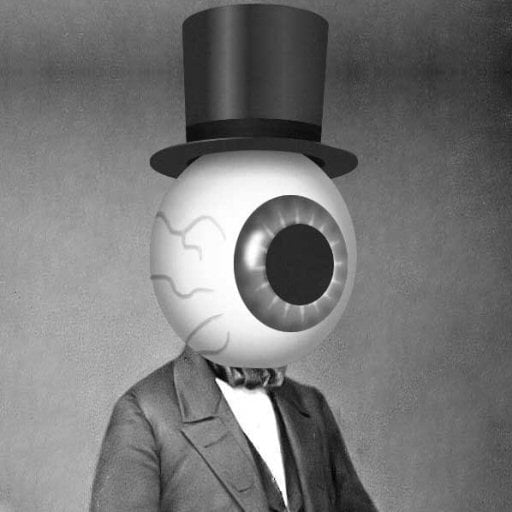This is the temp tower of my wood print experiment Cand even se much difference. It goes from 260 to 190. Below 225 gets really flimsy and above 240 melts. But even 230, the “best” one is really bad, and I’m not talking about retraction. Even the layers that melt are inconsistent.
Also it’s not humidity since the filament was in a filament dryer for.16hours.
edit: The nozzle is 0.8
can someone think of anything else?
Did you change the nozzle setting in your slicer to 0.8? They usually default to 0.4
It definitely looks under extruded.
Looks like a partial clog and too fast at the same time. A .8 nozzle lets a lot of material flow, try slowing down after checking for a clog.
Oh and are you skipping steps?
Yeah that immediately looks way under-extruded to me.
Also that wood stuff (from what I read) clogs terribly.
Yes that’s why I’m using a .8 nozzle lol
can you print PLA on the .8 nozzle just fine? (I’d suggest clearing the clog- an atomic pull is my go to, maybe followed up with some cleaner filament, then a filament you know well.)
for some comparison, a .8mm nozzle has about four times the crosssection of a .4mm nozzle. (.502 to .125 mm^2), similarly, the volume of a 1mm line printed, assuming you’re using a line width equal to the nozzle and a half your nozzle diameter in layer height, is about 4 times as much, as well. ( .32 mm^3 compared to .08 mm^3.)
in short, given the same printing speed, and the same diameter filament, you’re going to have to extrude 4 times as much filament at any given moment, which means the filament will have to pushed through much faster than a .4mm nozzle, which in turn means that the plastic has about a quarter of the time to heat up before being pushed out of the nozzle tip- and there’s more of it to absorb the heat.
There’s a few things you can try, but probably the only one that would be effective without more or less rebuilding the hotend (and the new-parts-cost associated with that,) is slowing it down.
For the record, if it wasn’t clogged before, it probably is now. since, ultimately, what would be happening is that the .8mm nozzle is causing your printer to print cold.
tbf my printer don’t print well not even in 0.4. The 0.8 is printing better than the 0.4 was. I think the hot end may be the real problem indees
Can be a clog. I read that wood should be faster so.it wouldn’t clog, but it could be this too . I’ll try slowing down and checking the nozzle! thanks for the idea!
You can’t both push a bunch of extra material and print faster. Hotends have volumetric limits.
Are you sure the gcode actually makes the printer change temps? Good thing to double check since it looks the same throughout
If you focus only on the little pylon within the circle you can see a clear trend.
hum ill check but I used orca native temp tower and chrcked through the print? it didi chsnge. could it be a hardware problem?
I don’t know what your setup is but that looks to me like you need a higher flow melt zone and better extruder grip. I was able to get out of a similar situation with particle filled filaments using this: https://kevinakasam.com/papilio/ and further improvement with a hall effect filament width sensor but the tinkering for that was an actual nightmare.
wood filament is also just cursed. the improvement to regular filament was much better while the particle filaments just went from similr to your wood filament to tolerable.
oh that’s interesting my extruder is indeed kind of shitty. I’ll take a look at this thanks
This is how my wood PLA+ prints used to look too. Your extruder is almost 100% the issue. These filaments are spongy and don’t extrude well. Try toying with your extruder tension and if that fails get a BMG knockoff
I thought so! My extruder was never good. Thanks I’ll look at a bmg
I am definitely thinking you have a partial clog. Get that sorted out first, then run flow rate tests as well
What are max print speed and volumetric set to?
For some filaments (silk PLA) I’ve had to slow things down (120mm/s max print speed and 10mm3/s max volumetric speed) or it comes out horrible. Only used 0.4 nozzles so far though.
my print speed is at 60mm
Have you tried adjusting the e steps?
Looks to me like the plastic isn’t getting hot enough fast enough.
Is it just wood filament that isn’t printing right? Can you print pla or whatever on the .8mm?
Does the filament brand suggest a range that’s higher than you normally print at?
No, crealty wood. If its too hot it burns





